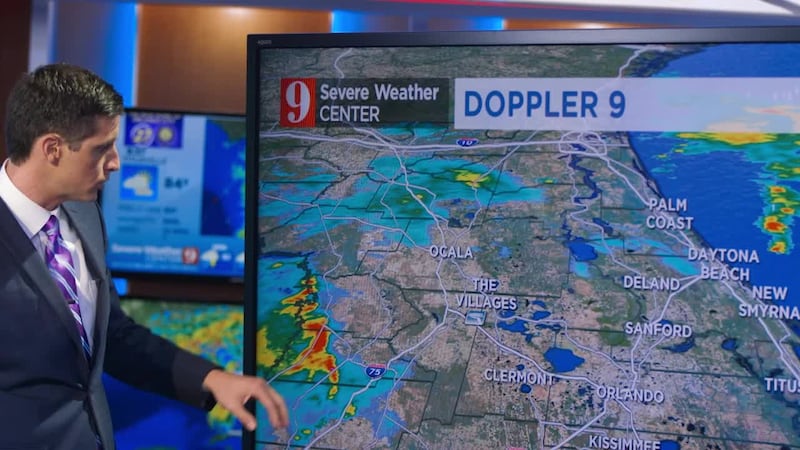ORLANDO, Fla. — While winds are destructive during a hurricane, a storm surge can be just as dangerous. In the past, large death tolls have resulted from the rise of the ocean associated with many of the major hurricanes that have made landfall, according to the National Hurricane Center.
What is a storm surge?
A storm surge is an abnormal rise of water generated by a storm, over and above the predicted astronomical tide. It’s the change in the water level that is due to the presence of the storm. Since storm surge is a difference between water levels, it does not have a reference level
What is a storm tide?
Storm tide is the water level rise during a storm due to the combination of storm surge and the astronomical tide. Since storm tide is the combination of surge and tide, it does require a reference level. A 15 feet storm surge on top of a high tide that is 2 ft. above mean sea level produces a 17 feet storm tide.
Related Stories:
Bread and milk: Why do we buy those foods before a storm?
What do they mean? Disturbance, depressions, tropical, subtropical storms, hurricanes
What causes a storm surge?
A storm surge is caused primarily by the strong winds in a hurricane or tropical storm.
Is it a “wall of water” that rushes in?
Rarely. It is usually a rise of water that can happen quickly, moving at the same rate as the forward speed of a hurricane.
How powerful is it?
Very powerful. Only 1 cubic yard of sea water weighs 1,728 pounds. A 6-inch surge can knock a person down.
How dangerous is it?
Storm surge kills more people in a hurricane than all other components of the storm. The overwhelming majority of deaths in the 10 deadliest U.S. landfalling hurricanes were the result of storm surge.
How can I stay safe?
Get away from it. A surge 1 foot deep can take a car off a road. Get out early, because the surge can begin up to 24 hours before landfall. During Hurricane Katrina, people stayed in their homes and died there when the surge filled their homes with water and they could not escape. Also, don’t leave pets at home. Many animals died when people left them in their homes during Hurricane Katrina.
Factors Impacting Surge
A storm surge is produced by water being pushed toward the shore by the force of the winds moving cyclonically around the storm. The impact on surge of the low pressure associated with intense storms is minimal in comparison to the water being forced toward the shore by the wind.
Other factors which can impact storm surge are the width and slope of the continental shelf. A shallow slope will potentially produce a greater storm surge than a steep shelf. For example, a Category 4 storm hitting the Louisiana coastline, which has a very wide and shallow continental shelf, may produce a 20-foot storm surge, while the same hurricane in a place like Miami Beach, Florida, where the continental shelf drops off very quickly, might see an 8 or 9-foot surge.
Information for this report was obtained from the National Hurricane Center
Cox Media Group










